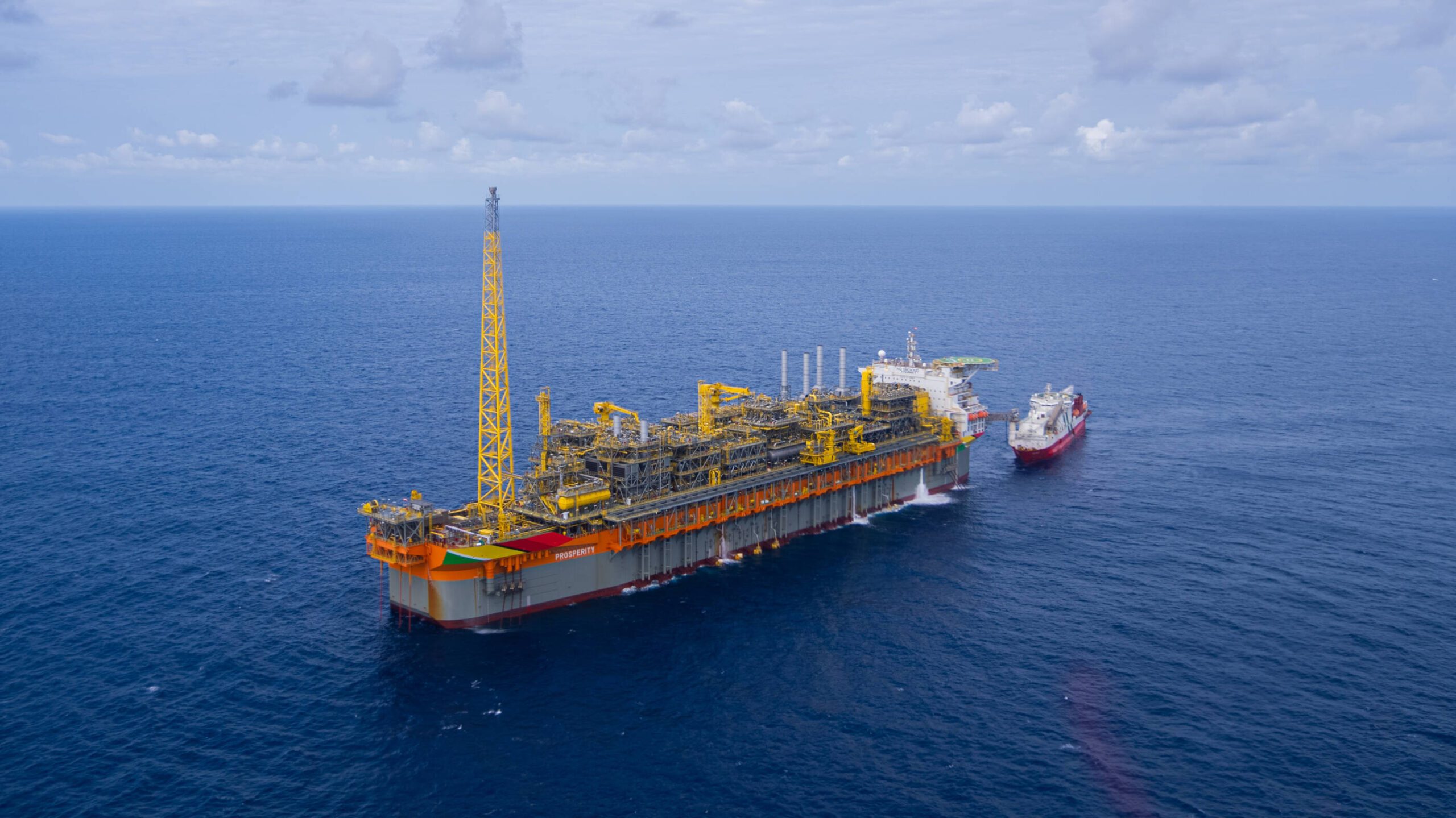Hess Corporation said in its 2024 annual report that potential remains for up to 10 floating, production, storage and offloading vessels (FPSOs) offshore Guyana, as operator ExxonMobil progresses with a multi-phased development plan in the South American nation.
To date, there is a clear line of sight for eight FPSOs, six of which have already been approved and two (Hammerhead and Longtail) that are in the application stage.
“The discovered resources to date on the [Stabroek] block are expected to underpin the potential for up to ten FPSOs,” Hess said. This suggests two additional FPSOs are likely, with startup timelines expected to fall in the 2030s.
ExxonMobil holds a 45% stake in the block. Hess holds 30% and CNOOC has 25%. The companies have discovered over 11 billion barrels of oil-equivalent resources to date and are currently producing from three FPSOs (Liza Destiny, Liza Unity, and Prosperity) tied to the Liza Phases 1 and 2, and Payara projects, respectively. Combined, the three developments can produce up to 660,000 barrels of oil per day (b/d).
Production capacity is expected to climb above 900,000 b/d later this year with the start-up of the ONE GUYANA FPSO under the Yellowtail project, which will add 250,000 b/d.
Two further projects (Uaru and Whiptail) have already been approved. Each will employ an FPSO with a production capacity of 250,000 b/d and are expected to come online between 2026 and 2028, pushing output to about 1.4 million b/d.
The next two projects, Hammerhead and Longtail, are in the application stage and mark a shift in development strategy, incorporating plans for the commercial production of natural gas and condensate in addition to crude oil. When all eight FPSOs are operating by 2030, total output is expected to reach nearly 2.2 million barrels of oil-equivalent per day. This includes 1.62 million b/d of crude oil, 290,000 bpd of condensate, and more than 1.6 billion standard cubic feet per day of natural gas.
Vice President Bharrat Jagdeo told Reuters in February that ExxonMobil is expected to soon inform the government of its broader plans for large-scale natural gas development, which would require extensive infrastructure with start-up likely in the 2030s.



